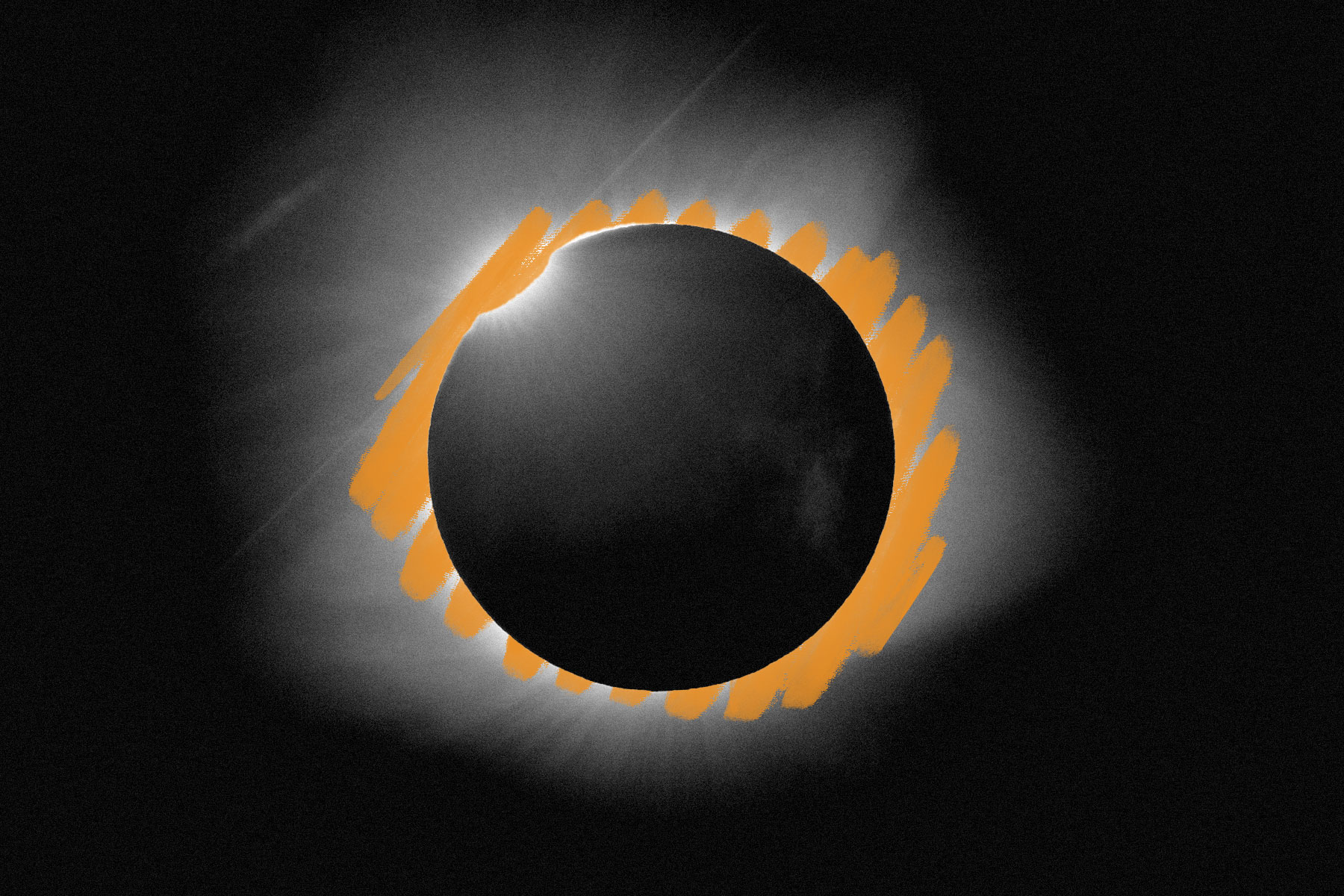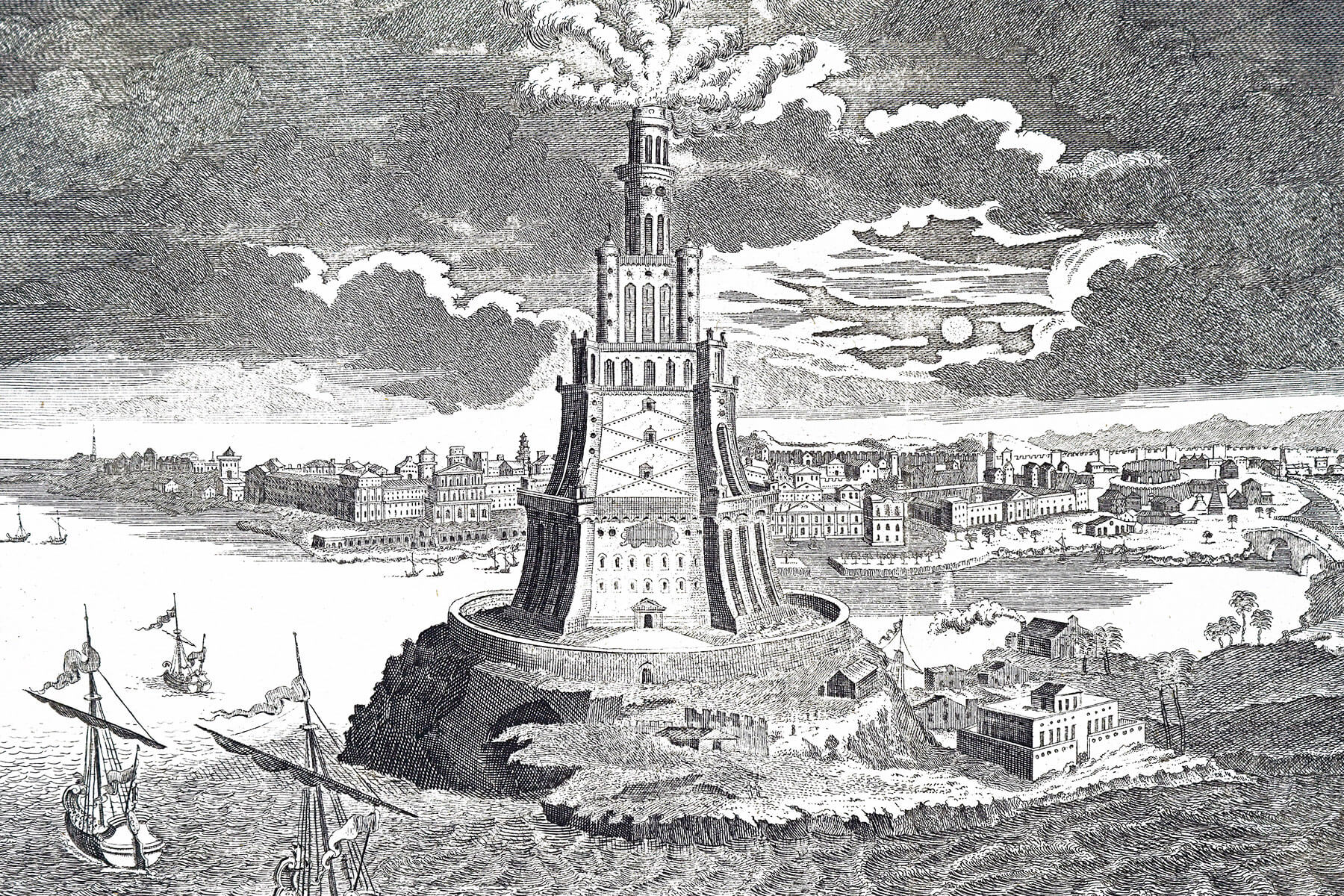 |
A solar eclipse helped prove Einstein's theory of general relativity. |
Science & Industry |
 |
| |
| Britain's Royal Astronomical Society sent two expeditions to test Einstein's theory during the eclipse. A group led by British physicist Arthur Eddington was based on the island of Príncipe off the coast of West Africa, and a second team went to Sobral, Brazil. The total eclipse allowed scientists to get a better view of the stars closest to the sun as the moon blocked nearly all the light from the sun. If Einstein was correct, the light produced by the stars would bend due to the sun's gravity. | |
| During the eclipse, the scientists were amazed as the stars seemed displaced from their usual locations because their light traveled to Earth on a curved plane around the sun. The light was deflected by around 1.7 arc seconds, just as Einstein had predicted, proving the physicist's idea that gravity isn't a force but a geometric distortion of space-time. Thanks to the experiment, the Royal Astronomical Society officially recognized Einstein's theory of general relativity on November 6, 1919, roughly four years after its publication. | |
 | |
 | |||||||||
By the Numbers | |||||||||
| |||||||||
| |||||||||
 | |||||||||
| |||||||||
A solar eclipse ended an ancient war. | |||||||||
| The Greek historian Herodotus described a war between the ancient kingdoms of Lydia and Media that culminated in the Battle of Halys, better known as the Battle of the Eclipse. In ancient times, people often saw solar eclipses as bad omens, and the Lydians and Medes were no different. As "day turned to night in the battle," Herodotus wrote, the feuding kingdoms took the darkness as an ominous warning and laid down their weapons, agreeing to make peace after six years of turmoil. Though no battle date was initially recorded, modern historians point to May 28, 585 BCE, based on scientific calculations of solar eclipses in the region. The eclipse is also called the "Eclipse of Thales" after the Greek philosopher Thales of Miletus, whom Herodotus credits with predicting the astronomical event. However, how Thales could have accomplished such a feat so long ago remains a mystery. | |||||||||
 | |||
Recommended Reading | |||
 | |||
| | |||
 | |||
| | |||
| + Load more | |||
|





Tidak ada komentar:
Posting Komentar